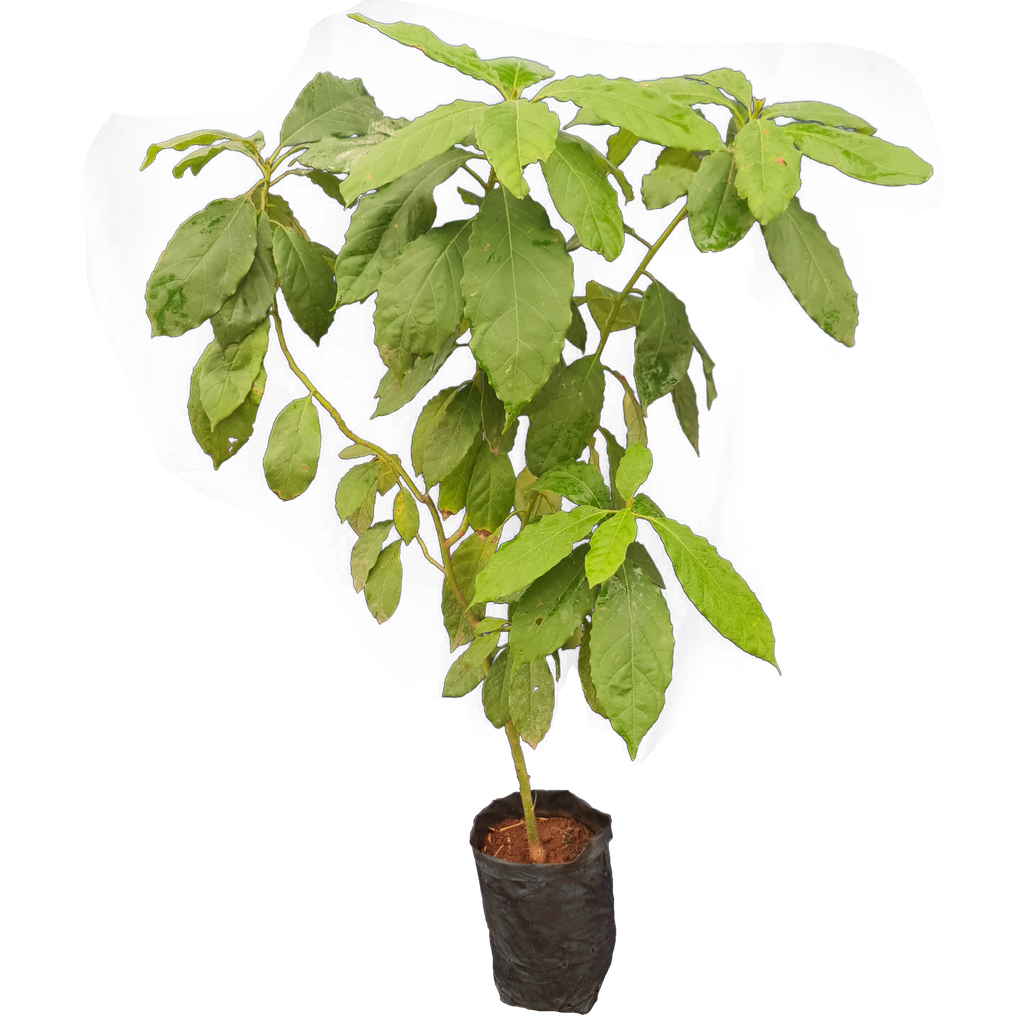Avacado,Persea americana
Embark on a journey into the flavorful world of Avocado with Jagtap Nursery in Magarpatta City, Pune.
Discover the lush Avocado trees, scientifically known as Persea americana, prized for their creamy fruits and rich nutritional value.
At Jagtap Nursery, receive expert guidance and care tips for cultivating Avocado and all your plants, ensuring a bountiful harvest.
Explore our wide selection of outdoor plants, accessories, fertilizers, and soil to support your gardening journey.
Experience the nourishing goodness of nature with Avocado cultivation at Jagtap Nursery. Visit us today!
Choosing the Right Time for Planting
- Timing: Plant avocado trees in spring or early summer when the soil has warmed up.
- Climate: Opt for regions with warm temperatures and minimal frost risk.
- Location: Choose a sunny spot with well-draining soil. Consider protection from strong winds.
Planting
- Prepare the Hole: Dig a hole twice as wide and as deep as the root ball of the tree.
- Soil Amendment: Mix organic matter into the soil to improve drainage and nutrient content.
- Planting Depth: Place the tree in the hole, ensuring the root ball is level with or slightly above the ground surface.
- Backfill: Fill the hole with soil, gently packing it to eliminate air pockets.
- Watering: Water the tree thoroughly after planting.
Watering Techniques
- Young Trees: Water young avocado trees frequently to establish root systems.
- Mature Trees: Once established, water deeply and infrequently to encourage deep root growth.
Fertilization
- First Year: Apply a balanced fertilizer in spring and midsummer during the first year.
- Subsequent Years: Use a slow-release, balanced fertilizer in early spring and again in midsummer.
Pruning and Training
- Young Trees: Prune to create a strong, central leader and remove any competing branches.
- Mature Trees: Prune to maintain shape, improve air circulation, and remove dead wood.
Flowering and Fruiting
- Flowering: Avocado trees typically start flowering in late winter to early spring.
- Pollination: Avocado flowers are usually self-pollinating, but having multiple trees can improve yield.
- Fruiting Process: After successful pollination, tiny fruits form. Over several months, they grow, and the skin darkens.
- Ripening: Most avocado varieties do not ripen on the tree. Harvest them when mature and allow them to ripen off the tree.
Nutritional Facts and Importance
Avocado fruits are rich in monounsaturated fats, dietary fiber, vitamins (such as vitamin K, vitamin E, and B-vitamins), and minerals (including potassium and magnesium). They contribute to heart health, digestive regularity, and skin health.
Consumption
- Avocado Consumption: Avocados can be enjoyed in various ways, such as sliced in salads, mashed into guacamole, spread on toast, or blended into smoothies.
Pest and Disease Management
- Pests: Watch for avocado lace bugs and other common pests. Consider neem oil-based sprays for pest control.
- Diseases: Prevent root rot and other diseases through proper drainage and sanitation.
Recommended Products
- Fertilizer: Balanced fertilizer with an N-P-K ratio of 8-3-9
- Spray: Neem oil-based insecticide for pest control
Troubleshooting
Address issues such as yellowing leaves (indicative of nutrient deficiency), brown spots (potential disease), or poor fruit development through proper care and timely interventions.
Harvesting
- Harvesting Time: Harvest avocados when they are mature but not fully ripe. They should yield slightly to gentle pressure.
- Ripening: Place harvested avocados in a paper bag with a banana to speed up the ripening process.
Read More
